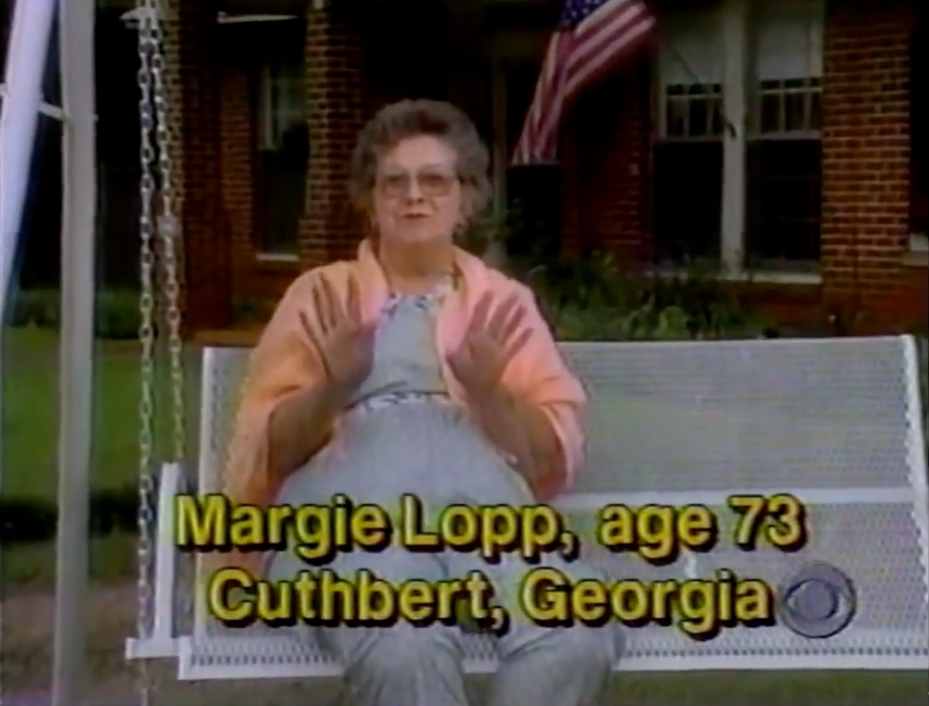Don’t let today’s “Effectiveness in Lead Generation” or hundred million plus dollar price tags of companies in the lead generation space fool you into thinking last year’s topic of conversation no longer shines brightly. If you have ever wondered whether that laptop was really free, or tried to shoot your co-worker to get a free iPod, you have entered the world of the incentive promotion marketer. While most people can recall seeing and, dare we say it, clicking on an ad, fewer than I thought, really understood the mechanics of the incentive promotion business. This week, we do our best to help others understand what goes on behind the scenes of the freebie providers.
Questions surround the incentive promotion companies on multiple sides. Consumers wonder if the products are actually free, and those in the direct marketing side of internet advertising wonder how a company that has no real product of its own can afford to pay well over $1.00 for either an email address or a zip code. Today’s model combines the registration business popularized by Colonize with the incentivized marketing triumphed by YF Direct, creators of Your Free DVDs. For those who have not been reading this newsletter since July of 2004, you can find a more detailed history of the incentive promotion space and its merger with the registration path offers in one of my first articles for the Confi here.
What is really interesting about the history of the incentive promotion space is the relatively few players that existed until late 2004. The predominant model up until that time was a branded item in the $25 range. A few companies tried to buck the trend, such as Memolink with their several hundred dollar gift cards, but I credit AdDrive as the being the firsts to successfully break the mold and kick off the gold rush in the incentive promotion space. Rather than focus on gift cards, AdDrive focused on physical goods. More importantly, they proved a model by which others in the incentive promotion space could go from offering items people wouldn’t mind having but don’t “want” to those that people would sell out friends and family to obtain.
In today’s post-AdDrive, Incentive Promotion 2.0 world, companies follow for the most part a four part monetization schema for offering the latest and greatest to consumers and paying those $1.00+ per email / zip to the publisher. The first and largest are the offers that directly fund the premium. When that product has a retail value of $25 or less, such as a gift card or movie, the user could earn the gift by participating in only offer. Take the free DVD case. Assume that it cost the incentive promotion firm $20 for fulfillment. They in turn require the user to earn them an effective $40 to $60 in offers, which in this case is about the value of a credit card approval or new signup to an ISP. So far, so good. They spend $20 to make $40, but that excludes the cost of the media. Assuming no profit (so the entire $20 to spend) and a cost of marketing of $.50 per email address, the company must generate a revenue event, i.e. a user participating in an offer, one out of every 40 times. Said another way, 2.5% of the users who enter an email must take an offer.
When there was little competition in the incentive space – not six to ten aggressive marketers vying to reach the freemium population, a company could generate enough revenue events per email address to pay for the cost of media and grow the business organically. It was a clean business and you could see this in companies like YF Direct that upon the entering of the email took users straight to the incentivized offers that earned the user the freemium. Some users didn’t want a credit card or other item that earned them the freemium in one shot. They took a piecemeal approach to earning the good, choosing to participate in a few lower value offers. This tended to work in the incentive promotion companies favor as a healthy percentage who took this approach would not complete the process. Thus, the company would earn $10, $20 or even more from conversions on offers but have only the cost of marketing, not the cost of fulfillment.
Users that begin the process but don’t finish is what those in this business refer to as breakage. It’s not a new term either or a new component to profit. Companies that manage mail-in rebates rely on it all the time. The manufacturer almost never does the rebate fulfillment. They sell that right to another company that counts on a certain percentage of people who purchase the product to not go through the steps required to redeem the mail-in rebate. That breakage occurred for incentive marketers was a boon but not a key element to success, until now.
In order for companies to be able to afford the high dollar premiums, they need people to fall out, i.e. they need people to generate them revenue that has no product fulfillment cost. In the case of Incentive Promotion 1.0, this meant users who participated in some but not enough of the “backend” offers. Incentive Promotion 2.0 has taken this concept further and focused on ways to generate revenue that are not directly tied to the CPA ads that pay for fulfillments. What does this mean? It means that companies have looked for ways to earn money on each new user that they keep rather than having to apply towards fulfillment, and it is why there are four pieces to monetization today, not just the one.
Outside of the actual offers that direct fund the premium, companies in the incentive promotion space today leverage email, exit pops, and the registration path. Some companies do more than others, i.e. they send more emails, have a longer registration path, and/or a greater number of ancillary pops. But combined, they add an essential $.40 to $1.00 per user in pure revenue. These additional revenue channels are an extra form of breakage, a way for companies to generate money that funds the cost of media not the cost of the product. That doesn’t mean traditional breakage doesn’t play a role. Think of the initial $20 item. Now add a zero making it $200, a common, if not low, value of the freemiums today. Certain modifications to the original model have had to occur to support this. Now, instead of one offer, users must convert on up to six high value ones; or, they must convert on one offer and have five other people convert on one as well. Each additional offer or layer increases the breakage and helps companies, as we’ve mentioned, fund more than just who complete the process. And yes, users do complete the process. Just see the positive press that Gratis, now Free Pay has received.
The real key in the incentive space is ultimately the advertisers that allow their offer to be incentivized. Were credit card companies, ISPs, book clubs, etc. not able to track the value of a new customer so granularly and have the internal processes to support non-traditional customer acquisition channels, including this one that yields a lower value customer due to higher attrition rates and less activity, none of the incentive promotion sites would exist. That and the companies that create products people want. If there is no premium there is no inentive.
Today’s incentive promotion space might be a lucrative one, but like online education, it’s a crowded and highly competitive one. Companies have had to look for differentiation anyway they can. Instead of just names like Your Free DVD, you will find consumer facing sites for any genre – product-research-group, ipod-test-panel, television-research, etc. These companies have had to create an offering for any traffic segment and any product vertical. Want an espresso machine or a year’s worth of air filters? No problem.
Perhaps next time we’ll discuss what Incentive Promotion 3.0 might look like, one that would rely less on breakage and non-fulfillment revenue. In the meantime, if you’re questioning the health of IP 2.0, just log into to your local affiliate network or think about Web Clients being sold for $140 million.



